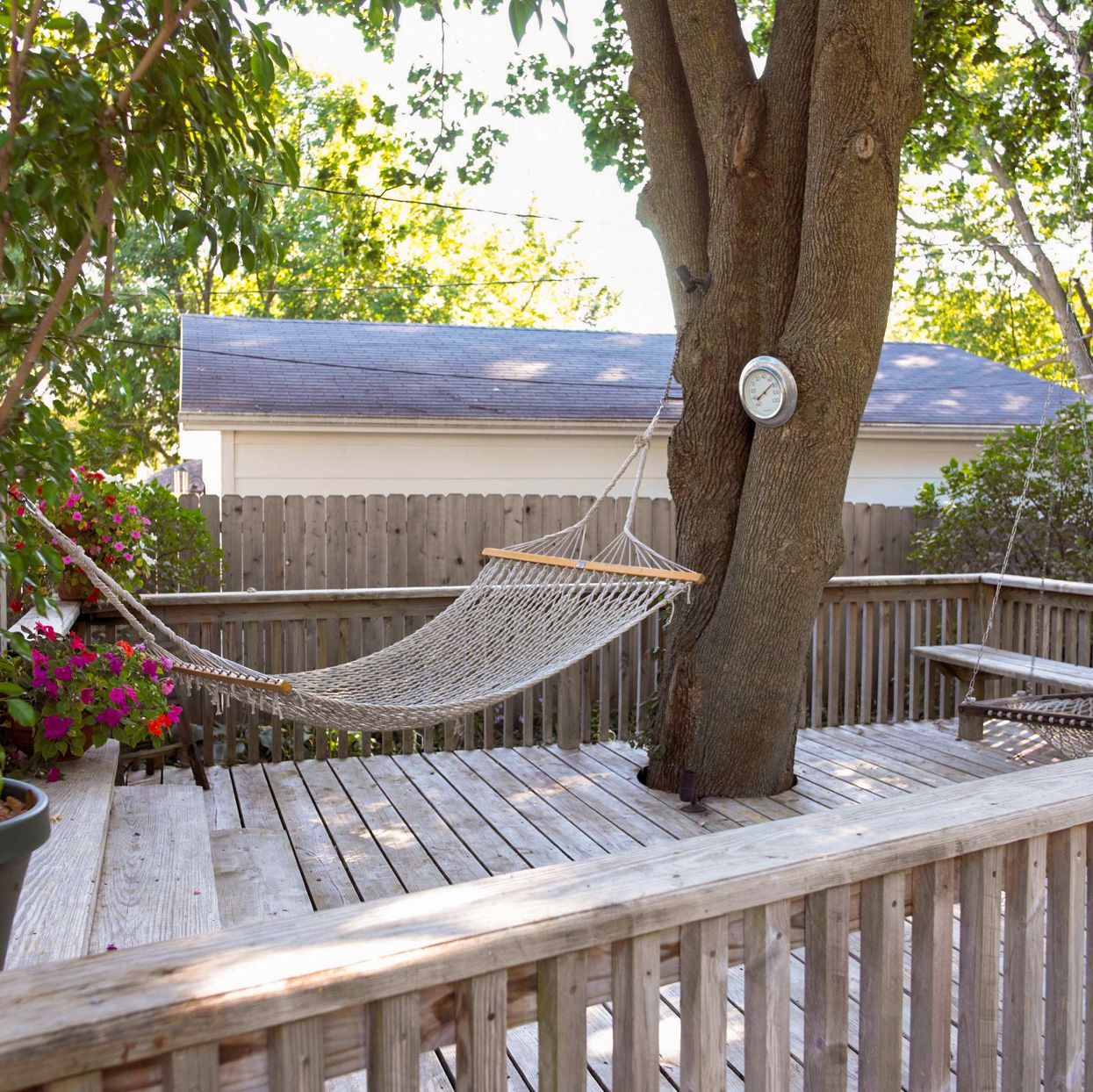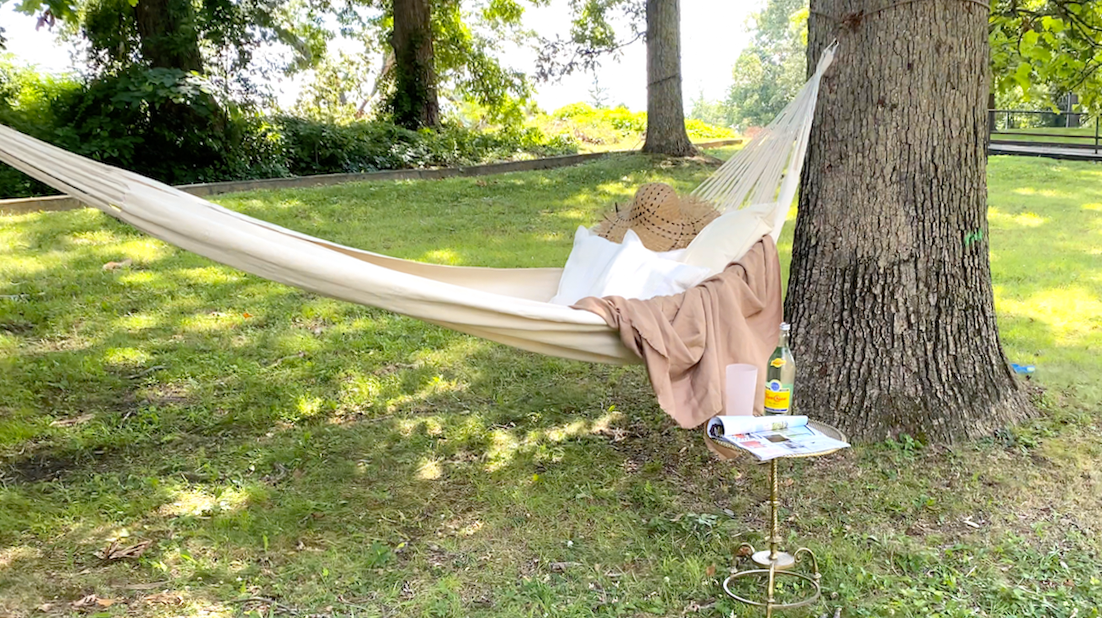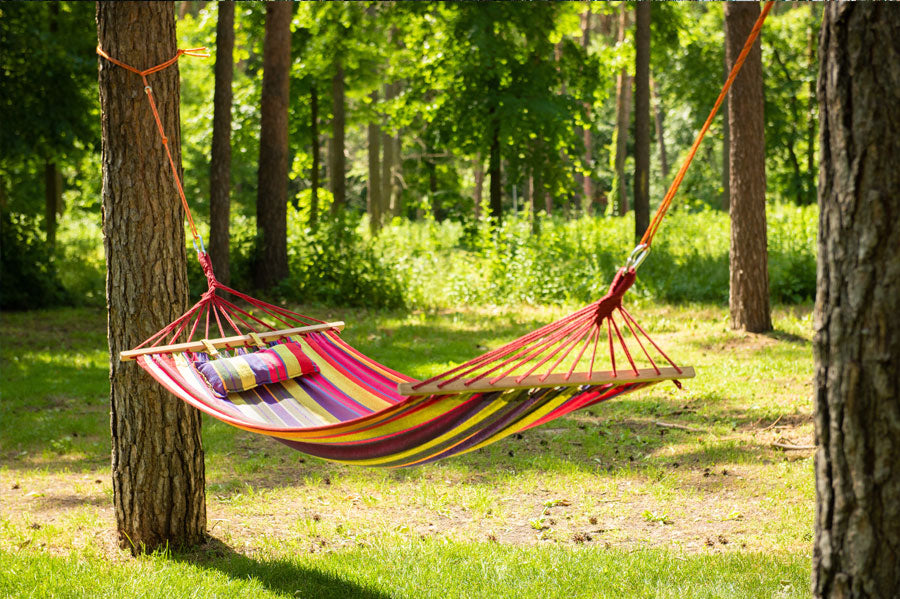Introduction
There’s nothing quite like the relaxation and comfort of lounging in a hammock, swaying gently in the breeze. However, properly hanging a hammock is crucial to ensure safety, stability, and optimal comfort. Whether you’re setting up a hammock in your backyard, at the beach, or while camping, knowing the essential tips for hanging it properly is key. In this guide, we’ll explore the steps and considerations to help you hang your hammock with confidence and ease.

Choosing the Right Location
Before you start hanging your hammock, it’s essential to choose the right location. Look for sturdy anchor points, such as trees, posts, or sturdy beams, that are spaced apart at a distance slightly longer than the length of your hammock. Ideally, the anchor points should be at least 12-15 feet apart to provide enough room for the hammock to hang comfortably without touching the ground when occupied.
Checking for Stability and Safety
Once you’ve identified suitable anchor points, it’s important to assess their stability and safety. Make sure the trees or posts are healthy and strong enough to support the weight of the hammock and its occupants. Avoid using dead or rotting trees, as they may not be able to withstand the stress of supporting a hammock. Check for any signs of damage or instability, such as cracks, loose bark, or weak branches, and choose alternative anchor points if necessary.

Selecting the Right Suspension System
The suspension system you choose plays a crucial role in properly hanging your hammock. There are various options available, including ropes, straps, chains, and specialized hammock suspension systems. Choose a suspension system that is strong, durable, and adjustable to ensure proper tension and support for your hammock. Avoid using materials that can stretch or degrade over time, such as nylon ropes, as they may compromise the stability and safety of your setup.
Setting the Correct Angle and Height
When hanging your hammock, aim for a slight sag or curve in the fabric to create a comfortable and supportive sleeping position. The ideal angle for hanging a hammock is typically around 30 degrees from horizontal, although this may vary depending on personal preference and hammock design. Adjust the height of the hammock so that it is easy to get in and out of, with the bottom of the hammock sitting no higher than 18 inches off the ground when unloaded.

Using Tree Straps to Protect Trees
If you’re hanging your hammock between trees, it’s essential to use tree straps to protect the bark and prevent damage to the trees. Tree straps are wide, flat bands that distribute the weight of the hammock more evenly across the surface of the tree, reducing the risk of damage. Wrap the tree straps around the tree trunk at least 5-6 feet off the ground and secure them in place with a secure knot or buckle system. Be sure to follow Leave No Trace principles and avoid damaging or harming the trees in any way.
Testing the Setup
Once you’ve hung your hammock, it’s crucial to test the setup to ensure stability and safety before getting in. Sit or gently lower yourself into the hammock and check for any signs of instability, sagging, or uneven tension. Shift your weight from side to side and back and forth to simulate movement and assess the hammock’s stability under different conditions. If necessary, make adjustments to the suspension system or anchor points to achieve optimal tension and support.
Additional Considerations for Comfort
In addition to proper hanging technique, there are a few additional considerations to enhance comfort and enjoyment while lounging in your hammock. Consider adding a hammock pillow or underquilt for extra support and insulation, especially during cooler weather. Use a hammock bug net or rain fly to protect yourself from insects and the elements, allowing you to relax comfortably in any environment. And don’t forget to bring along a good book, a refreshing beverage, and perhaps some gentle music to complete the ultimate hammock lounging experience.

Maintaining Your Hammock
Ensuring the longevity and performance of your hammock requires proper maintenance and care. After each use, inspect the hammock for any signs of wear, tear, or damage, such as fraying ropes or tears in the fabric. Clean the hammock regularly by hand washing with mild soap and water, then allowing it to air dry thoroughly before storage. Avoid storing the hammock in direct sunlight or harsh weather conditions, as prolonged exposure can cause fading and deterioration of the fabric and materials. By maintaining your hammock properly, you can extend its lifespan and continue to enjoy its comfort and relaxation for years to come.
Sharing Hammock Etiquette
If you’re sharing your hammock with others, whether it’s friends, family, or fellow campers, it’s essential to practice proper hammock etiquette to ensure everyone’s safety and enjoyment. Limit the number of occupants to avoid overloading the hammock and putting excessive stress on the suspension system and anchor points. Be mindful of personal space and avoid swinging or rocking the hammock excessively, as this can disrupt others’ comfort and relaxation. Communicate openly and respectfully with your hammock companions to ensure a harmonious and enjoyable experience for everyone.

Exploring Hammock Accessories
To enhance your hammock lounging experience, consider investing in a variety of accessories designed to add comfort, convenience, and functionality to your setup. Hammock accessories range from underquilts and sleeping pads for insulation and warmth to gear organizers and pockets for storing essentials like water bottles, books, and snacks. Hammock rain flies and tarps provide protection from the elements, allowing you to lounge comfortably rain or shine. Hammock stands offer a portable and versatile alternative to traditional anchor points, allowing you to set up your hammock anywhere without the need for trees or posts. Explore different accessories to customize your hammock setup and create the perfect oasis for relaxation and enjoyment.
Embracing the Hammock Lifestyle
Hanging a hammock is not just about creating a comfortable lounging spot; it’s about embracing a lifestyle of relaxation, connection with nature, and mindful living. Whether you’re enjoying a leisurely afternoon nap, stargazing under the night sky, or reading a book while swaying gently in the breeze, hammock lounging offers a unique opportunity to slow down, unwind, and appreciate the beauty of the world around you. So, embrace the hammock lifestyle, and let the simple pleasure of hammock lounging bring joy, serenity, and peace to your life.
Conclusion
Properly hanging a hammock is essential for safety, stability, and comfort, whether you’re relaxing in your backyard or embarking on a camping adventure. By choosing the right location, checking for stability and safety, selecting the appropriate suspension system, setting the correct angle and height, using tree straps to protect trees, testing the setup, and considering additional comfort features, you can enjoy the ultimate hammock lounging experience with confidence and ease. So, hang loose, unwind, and let the gentle sway of the hammock carry you away to a state of blissful relaxation.
